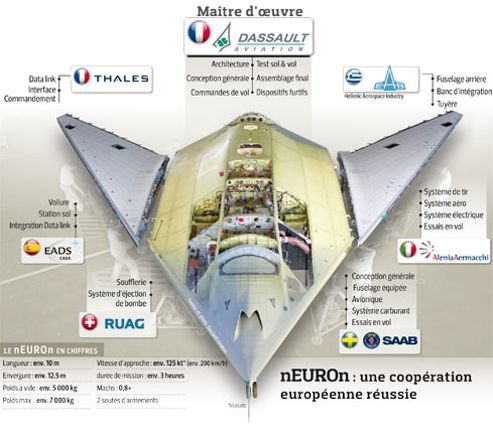Two upgraded E-2K airborne early
warning aircraft which were sent to United States for upgrading were
transported to Kaohsiung International Airport Station in southern
Taiwan Saturday for follow-up tests and inspections.
In October 2008, the U.S. agreed to the first arms sales deal to Taiwan since President Ma Ying-jeou took office, which included the US$250 million upgrade of four E-2T aircraft to the Hawkeye 2000 standard.
To avoid its combat power being affected by the upgrade process, the Republic of China's military sent the four E-2T aircraft in two batches to the U.S. to be upgraded. The first batch of two E-2T sent in June 2010 returned to serve in Taiwan at the end of 2011, while the other two E-2T were sent to the U.S. in 2011. The upgrade of the four E-2T has all been completed.
In June 2010, two E-2Ts were sent to the US to undergo upgrades and were eventually redesigned as E-2Ks.
The Northrop Grumman-built E-2K is an all-weather early warning and control system platform equipped with eight-blade propellers, upgraded radar and surveillance systems, software and avionics.
The E-2K aircraft's performance is equivalent to that of the E-2C, which is in service with the U.S. Air Force.
In October 2008, the U.S. agreed to the first arms sales deal to Taiwan since President Ma Ying-jeou took office, which included the US$250 million upgrade of four E-2T aircraft to the Hawkeye 2000 standard.
To avoid its combat power being affected by the upgrade process, the Republic of China's military sent the four E-2T aircraft in two batches to the U.S. to be upgraded. The first batch of two E-2T sent in June 2010 returned to serve in Taiwan at the end of 2011, while the other two E-2T were sent to the U.S. in 2011. The upgrade of the four E-2T has all been completed.
In June 2010, two E-2Ts were sent to the US to undergo upgrades and were eventually redesigned as E-2Ks.
The Northrop Grumman-built E-2K is an all-weather early warning and control system platform equipped with eight-blade propellers, upgraded radar and surveillance systems, software and avionics.
The E-2K aircraft's performance is equivalent to that of the E-2C, which is in service with the U.S. Air Force.










































